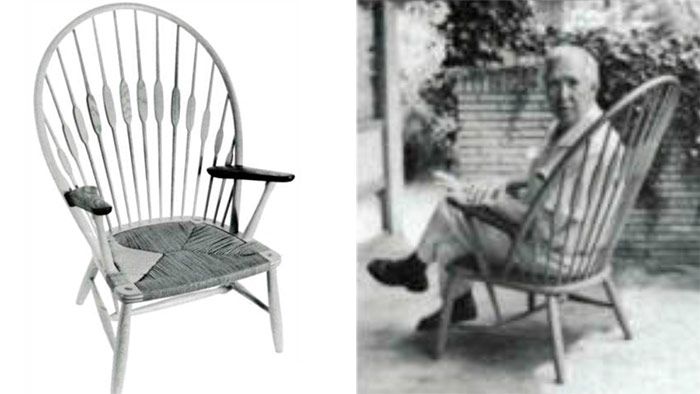

When I first subscribed to Fine Woodworking in 1982 I didn’t have much choice in the matter. I was a couple of years out of college (having studied English and art history) and working in a small custom furniture shop in West Philadelphia where Bob Marley competed with Thelonious Monk for radio airtime and reading the magazine was pretty much compulsory. No one in the shop had even a day of training in woodworking, so the magazine was guru, teacher, and guide for every step we took.
I paid my subscription and the magazine started appearing in my mailbox. Every other month, when the delivery date neared, anticipation became palpable: Has your copy arrived? Has yours? And for the following week, intense lunchtime discussions revolved around the latest articles.
I was already familiar with Fine Woodworking but hadn’t really read it. On my previous job, in a shop making office furniture, I had found a stack of early issues in a closet, but after flipping through a few I realized the articles were way over my head, and the world they explored seemed distant, part of the past. I assumed that woodworking was just a temporary stop for me anyway.
The first issues I received (starting with #36, which had a stunning lapstrake boat on the cover) were all in black and white, but within the first year some articles in color began appearing. This caused some consternation in the shop: Was Fine Woodworking going mass market?
Unlike my colleagues in the West Philly shop, I wasn’t a very successful autodidact, and mastering the skills in the magazine’s technical articles still seemed out of reach. What burst the field open for me was a cover story in issue #44 on the furniture of Judy Kensley McKie. Her work effortlessly combined exuberant sculptural forms and graphic patterns with the sober requirements of furniture function and woodworking technique. It was the era of “art furniture,” but I was underwhelmed by most sculptural furniture, which was often compromised as furniture and mediocre as sculpture. McKie had found a way to fuse artistic expression and furniture craft without compromising either one.
A year or two later, an issue arrived with a profile of James Krenov, and my connection to the craft deepened again as I absorbed the tender beauty and considerate function of his pieces. I began mining past issues of the magazine and finding articles on other makers whose work inspired for me a similar delight. I’ll list some of my favorites below. Together they’ve guided my career as an observer of the field and an editor at Fine Woodworking.
![]()
Jonathan Binzen
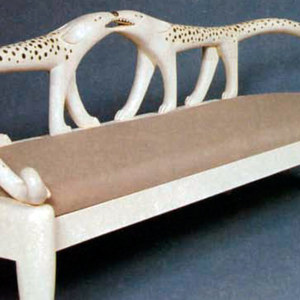 |
Portfolio – Judy Kensley McKieAn innovative designer talks about making a living. Nancy Hiller |
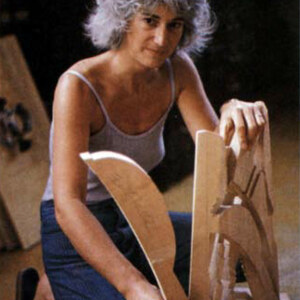 |
Whether furniture or art, it’s hard and dusty workJim Cummins |
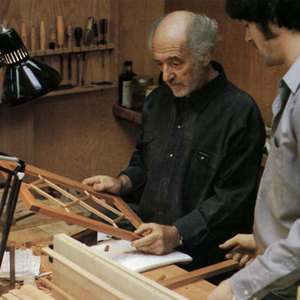 |
James Krenov ReflectionsReflections on the Risks of Pure Craft Glenn Gordon |
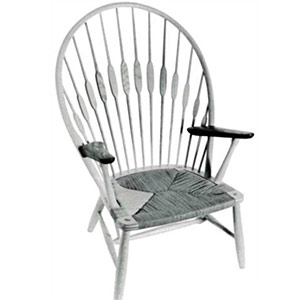 |
Hans Wegner: Master ChairmakerA modern master of furniture design Irving Sloane |
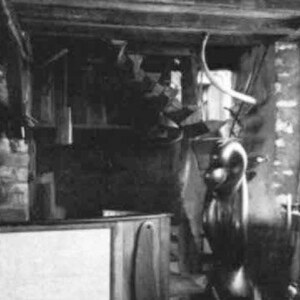 |
Wharton EsherickMuseum is sculptor’s masterpiece John Kelsey |
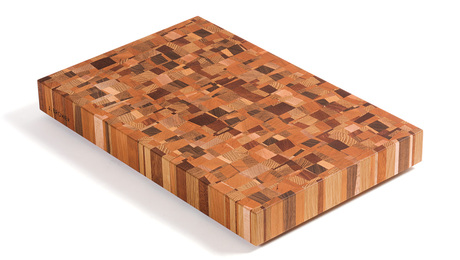
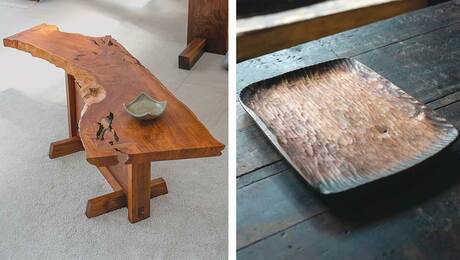
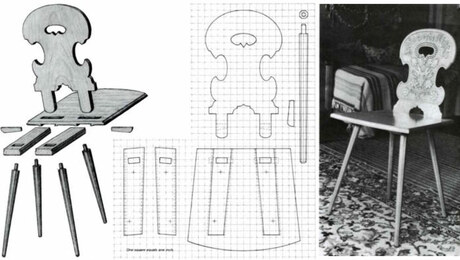
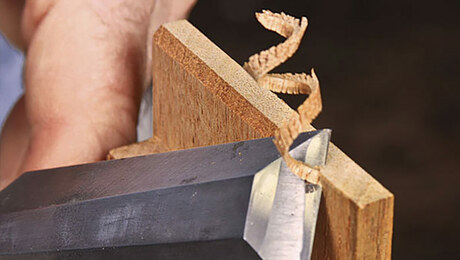


















Log in or create an account to post a comment.
Sign up Log in